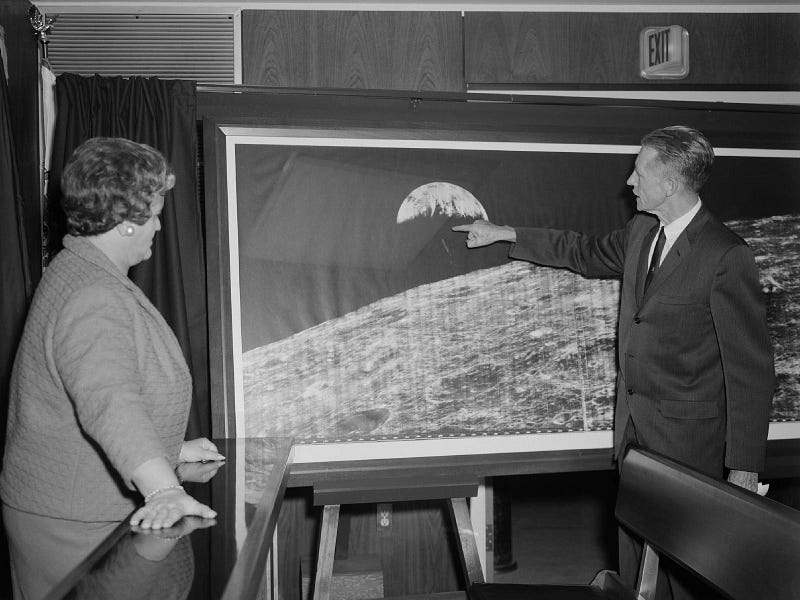The Historic First Image of Earth from the Moon: A New Perspective
Written on
Chapter 1: The Unseen Beginnings
The captivating history of the first photograph of Earth from the Moon often goes unnoticed. Many assume that it was the Apollo astronauts who captured this landmark image, but in reality, it was taken several years earlier by the robotic Lunar Orbiter missions.
NASA launched five Lunar Orbiters between 1966 and 1967 to meticulously map the lunar terrain and identify optimal landing sites for future Apollo missions. The inaugural photograph of Earth from lunar orbit was recorded by Lunar Orbiter I on August 23, 1966, at 4:36 PM GMT. This event occurred during its 16th orbit as commands were sent from NASA's operations center to adjust the probe's orientation, allowing it to frame the crescent Earth against the Moon's horizon.
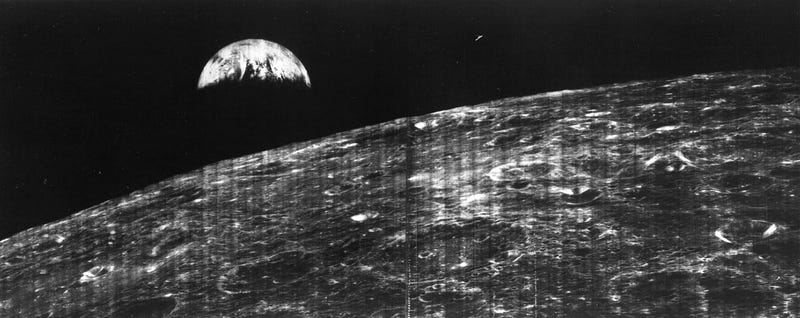
Section 1.1: The Technical Feat
At that time, digital photography was non-existent. Lunar Orbiter I was primarily designed for capturing images of the Moon, but a method was essential to transmit these analog photographs back to Earth via radio waves. Transporting physical film rolls would have been prohibitively complex and costly.
Eastman Kodak, responsible for the probe's photographic equipment, ingeniously integrated an automated processing system within the camera. Once the images were developed, they were scanned and sent back to Earth line-by-line, much like a fax. The photo of Earth, transmitted on August 23, was received by the NASA Deep Space Network in Robledo De Chavela, Spain.
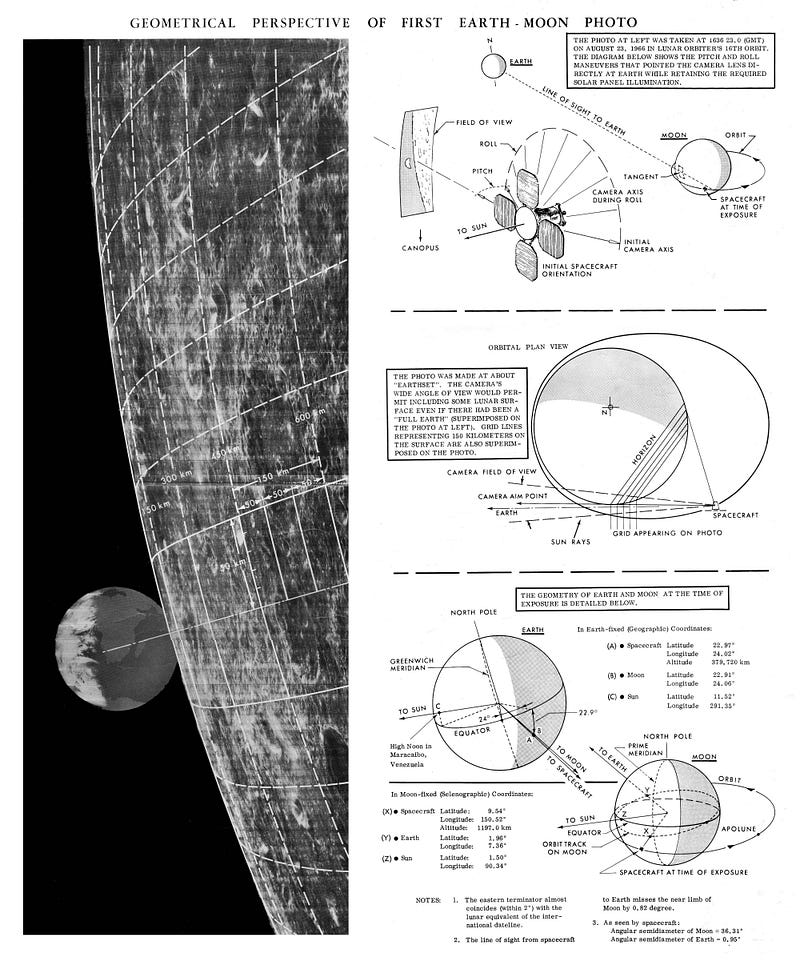
Subsection 1.1.1: The Iconic Image
This photograph beautifully highlighted the crescent Earth, marking the first time our planet was seen from another celestial body. It quickly became a cultural touchstone, often referred to as the "picture of the century" or the most significant photograph since the advent of photography. It would take six more years before another image, known as the "Blue Marble," taken by Apollo 17 on December 7, 1972, could rival its emotional impact.
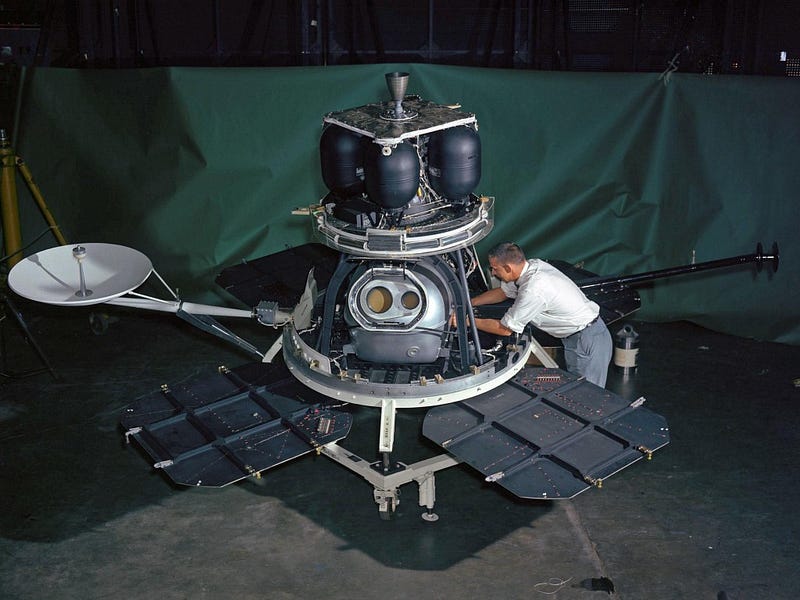
Section 1.2: A Calculated Risk
Interestingly, the decision to capture this image was not made lightly. NASA's team debated the maneuver to rotate the probe, as it had never been executed before. There was a significant risk that if the probe failed to realign, they would lose millions of dollars and delay the lunar mapping mission.
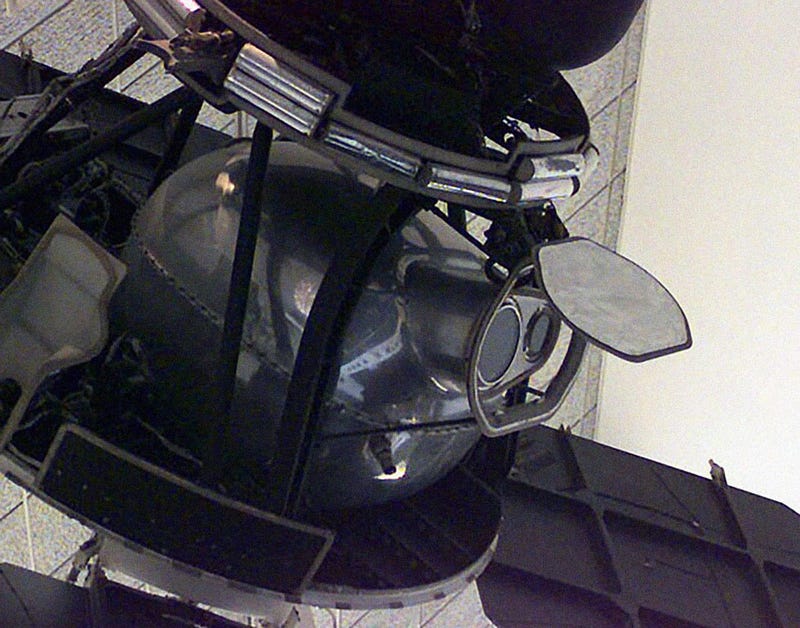
Chapter 2: The Legacy of the Lunar Orbiter
Although capturing the image of Earth wasn't a formal scientific objective, it was a philosophical and artistic endeavor. The success of this operation not only fulfilled its goals but also impressed Congress, potentially influencing future space endeavors.
The first video, "On This Day - 23rd August 1966 The First Photo Of The Earth Was Taken - Bitesize History," explores the historical significance of this groundbreaking photograph and its impact on space exploration.
The probe continued its mission, successfully mapping 99% of the lunar surface, providing detailed insights that guided Apollo's landing sites. However, the story doesn't end there.
The Lunar Orbiter's photographic data was archived on miles of magnetic tape, an era before modern storage solutions. Each photographic pair sent back to Earth required substantial storage, with one reel holding an average of 39 GB of data.
The second video, "First Photographs of Earth from Space - YouTube," delves into the journey of those early images and their significance in the annals of space exploration.
In the mid-1980s, the tapes were forgotten in a Maryland warehouse until rediscovered and later transferred to the Jet Propulsion Laboratory. Efforts to digitize the content faced numerous hurdles, but in 2005, a new initiative, the Lunar Orbiter Image Recovery Project (LOIRP), emerged.
In 2008, the reels were moved to an abandoned site where the team successfully digitized the original images, including the first photograph of Earth from the Moon. The enhanced digital version released in 2008 surpassed the original in clarity, yet the original’s grainy charm remains unmatched.
